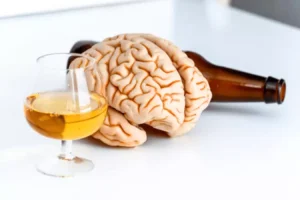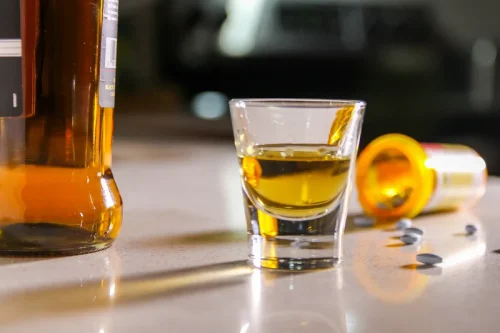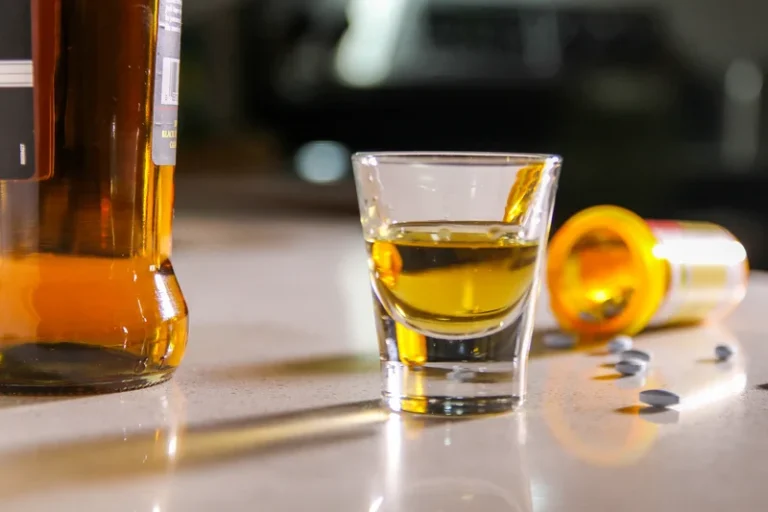
Magnolia Ranch is not a respite – it is a habitat of remarkable rehabilitation. What’s worse is that picking up a drink again or experiencing a relapse often triggers resentment, guilt, and anger. “Alcohol is involved in half of all murders, rapes, and assaults,” said Robert O. Pihl, professor of psychology and psychiatry at McGill University. “But the dynamics of this association are complicated, which is why any research that focuses on explaining this relationship is important why are alcoholics so angry for society in general.” These outbursts are akin to a volcano blowing out sideways rather than straight-up, as the emotions will always find a way out. When someone is addicted to alcohol, it alters their behavior in predictable patterns.
How Alcohol Affects the Brain: Why Are Alcoholics Mean?
Because of the established link between aggression and alcohol, co-treatments have been developed that can also address anger while drinking. Available 24/7, we’re committed to guiding you towards a life free from the shackles of drugs and alcohol. Connect with our recovery experts to discover our holistic treatment pathways. Addictive lifestyle and turn your life in the opposite direction. This is something millions of others with an alcohol addiction have done.
Alcohol, Aggression, and Violence
Additionally, the amygdala area of the human brain is where we process emotions. And our orbitofrontal cortex (OFC), which is part of the PFC, helps calm feelings of rage and aggression. Granite Recovery Center’s locations are situated in tranquil settings that offer a full range of treatment services.

Why Some Alcoholics Become Angry or Aggressive When They Drink?

When alcohol enters our system, our dopamine production is increased at a rate that cannot be achieved naturally. The physical effects of alcohol abuse on the body are well-documented. Cirrhosis of the liver is commonly found in those who abuse alcohol as are diabetes, digestive issues, immune problems, and obesity. There have been a number of studies that focus on the relationship between alcohol and the chemical components of the brain. A person in the center of addiction will many times just flat out be angry.
This abrupt and opposing personality shift can be immensely disruptive and lead to violence and ruined relationships. Identifying this behavior can also be an indication that you have a problem with alcohol, even if the amount of the alcohol is minimal. The exact amount of alcohol that will initiate aggression is unknown and varies from person to person.

Several factors, including genetics, environment, and personal circumstances, can contribute to alcoholism. With some insight into factors that can cause rage or aggression while drinking, you can take steps to avoid certain behaviors. In summary, heavy drinking or chronic drinking alters brain chemistry in the short and long term.
- Alcohol works by lowering inhibitions, which means those latent feelings of irritability can quickly escalate into full-blown rage.
- But I was bored, I resented my situation and I developed more than a little anger for those who could sip a cocktail without polishing off everyone else’s drink leavings and the dregs in the bottle.
- “It can be difficult to be aware of the impact of your emotions due to alcohol’s effect on the brain,” Metcalf explains.
As previously talked about many other emotions are hiding behind this anger but many times its just plain anger. It is an unbelievably frustrating feeling to be a slave to a substance. No matter how hard we tried to quit, how many times we tried to control it, we just can’t. This anger is usually a sign of an internal struggle even if it’s directed at someone else. I know situations, where I was on the verge of getting robbed, manipulated, or taken advantage of, I was scared to death on the inside. I was scared to death about what was going to happen, how to handle the situation, and how I could get my drugs.
What is a Co-Occurring Disorder?
Plus, we provide aftercare to ensure that once the residential stage ends, support continues Drug rehabilitation as the individual returns to daily life. In addition to physical dependence, some individuals with alcoholism showcase distinct personality changes. The answer may lie in social expectations that allow formore aggressive behaviors by drunk people. Since last June I’ve cut back significantly on my drinking, mostly due to focusing more on school, work, and a relationship I was previously in. I can probably count the amount of times I’ve drank since then on one hand.
The link between anger and alcoholism is complicated, but several factors explain why they are interrelated. For one, alcohol can be an excuse for aggressive and angry behavior. Actions while drunk are usually more socially acceptable or passed off as merely drunk behavior. Alcohol also induces tunnel vision, making anger seem the only appropriate response in a given situation. Alcohol also reduces inhibitions and makes you less afraid of the potential consequences of showing your anger, increasing the likelihood of an outburst.
- You mustn’t allow yourself to get sucked into the abuse cycle with the alcoholic.
- And maybe you’re surprised that sobriety didn’t solve all those problems.
- It’s always better to be seen as an angry person than to be seen as scared, humiliated, ashamed, or guilty.
- Being unable to control what happens to us, or even what we do in active addiction, can breed resentment.
- This behavior is further compounded by the stress and frustration of dealing with the addiction, creating a cycle of negative interactions and emotional responses.
Beginning with medical detox and followed by residential treatment, partial hospitalization, and intensive outpatient programs, Granite uses a proven 12-step-centered approach to recovery. Treatment does not end when one leaves a residential program. It is a continuous journey that relies on a regular schedule of interactions with others in recovery through meetings and relationships with sponsors and new peers. For many, sober living facilities and homes provide the appropriate environment that helps them avoid situations where they might be tempted to go back to their addictive behaviors. AUD causes widespread problems for both the individual who suffers from it and everyone who cares about them. Drinking too much can cause damages that range from the physical, to the psychological, to the emotional for everyone involved.














 Come sempre in anticipo sulla normativa,
Come sempre in anticipo sulla normativa, 
 Le nuove proposte immobiliari di
Le nuove proposte immobiliari di 
